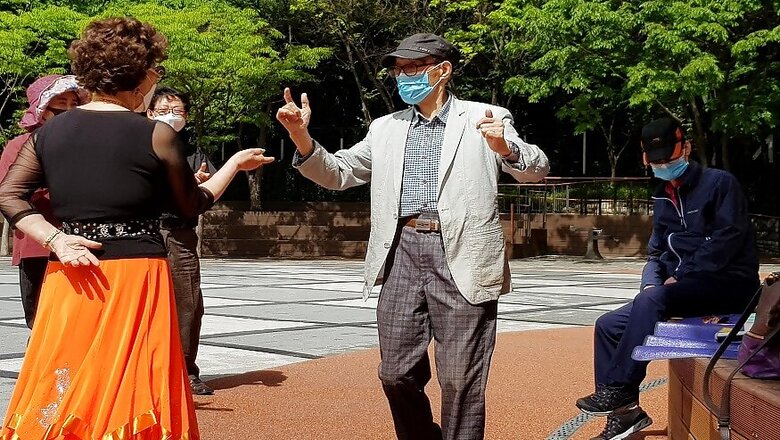
views
Countries that learnt their lesson from the SARS-1 outbreak and put in place a standard operating procedure for care homes have registered low mortality among vulnerable groups, especially the aged, during the current COVID-19 pandemic.
There has not been a single death in residential old-age homes in South Korea and Hong Kong due to the novel coronavirus, while 43 per cent of all COVID-19 deaths in the US by the third week of May have taken place in care homes and assisted living facilities.
“As soon as you have the infections locally, you have to make sure you test the entire residents and staff. You do contact tracing within the care home to find who has been potentially in touch with people who have got COVID,” Adeline Comas-Harrera from London School of Economics told British Parliament’s Health and Social Care Select Committee last week.
Comas-Harrera has written a paper on the mortality rate in care homes due to the pandemic.
Virus-related deaths in some European countries have been abnormally high. More than 15,000 senior citizens have so far lost their lives to the disease in Britain and Wales.
More than half of the total COVID-19 deaths in Belgium have been in care homes. In Italy, a government survey indicates, 10 per cent of the total novel coronavirus deaths could be from care homes.
But some nations like Germany that were quick to introduce short-term behavioural changes at public places have fared much better.
“We had to wear mask to cover nose and mouth and full body protection by the end of March in long-term care homes,” Isabell Halletz, CEO of Employers Association of Healthcare Homes Germany, told the select committee.
The biggest success stories in restricting the spread have come from Asia. Countries like Hong Kong and South Korea were greatly helped by the protocols set in motion on the first signs of a public health outbreak.
In a high-population density city like Hong Kong, by late January, 70 percent of the people had started wearing masks. By mid-February, this had increased to 97 per cent.
“All staff in nursing homes started wearing face masks by late January. By early February, they stopped all outside visits. Some activities were allowed in April, but with face masks and with people maintaining social distancing,” said Professor Terry Lum Head of Social Work and Social Administration Honk Kong University.
After the SARS outbreak, Hong Kong made it mandatory for all nursing homes to designate a staff who would be the point-person for infectious disease control. This was done primarily to ensure government issued guidelines were strictly followed during an outbreak.




















Comments
0 comment